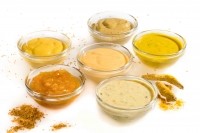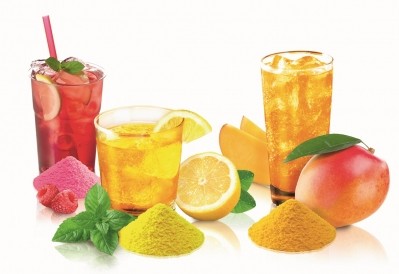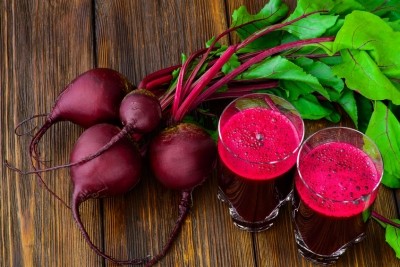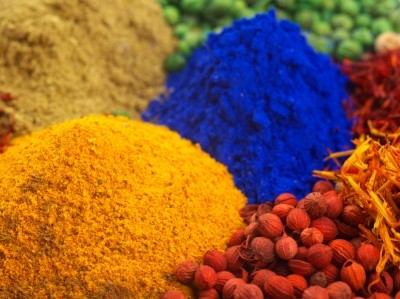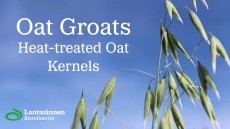Sensient launches yellow and orange colouring foods

They offer a “comparable performance” in terms of light stability compared with existing colour additives, Dr Andreas Klingenberg, technical director at Sensient Food Colours Europe told FoodNavigator, and can be used as a like-for-like replacement for synthetic colours.
A quick conversion from a synthetic yellow to its colouring food is possible, he said, although this depends on the product application meaning Sensient
works with food manufacturers in order to reformulate their products.
Sensient’s colouring food range now runs into three digits, and this is constantly increasing as it develops new products to meet customer demands. “There are in fact so many special colour shades and different applications that specific formulations are often needed for individual applications and shades,” said Klingenberg.
"It is a significant step forward in extending possibilities."
The new products are fully in compliance with EU guidance notes on colouring foods and can be used in combination with other colours – such as reds made from black carrot or beetroot – to provide colour variations in both sweet and savoury applications.
They are particularly suited to confectionery products, water ices, ice creams, desserts, dairy and bakery products, according to the US company headquartered in Wisconsin.
The orange preparation is available in oil-soluble form in order to colour fat- and oil-based solutions such as fillings, sauces and inclusions and can be used in both sweet and savoury applications.
A nearly natural rival
The use of colouring foods has risen sharply in recent years, partly fuelled by consumer mistrust of artifical colours following the scare over the 'Southampton Six'.
According to market data from research company RTS Resource, the global market for colouring foodstuffs used 29,412 tonnes by volume in 2013 and was growing at a rate of 8.6% per year. It predicted that its value would rise from $864m (€661m) in 2011 to $1.35bn (€1.03bn) by 2017.
But 'non-synthetic' colours are emerging to rival them, positioned as 'near-enough-to-natural' alternative for consumers as well as providing cost-effective replacements for manufacturers.
Merck recently launced a new silica-based red pigment, Candurin NXT Ruby Red, which is an insoluble combination of silica and iron oxide. The company says it is a “mineral-based and non-artificial dye alternative” which can be used to replace synthetic colours like Allura Red (E129) and non-vegan pigments like Carmine (E120).
It can be labelled as 'non-artificial' but not everyone is convinced consumers are ready to accept such offerings when other products on the market contain clean label natural colours or colouring foods.
Steve Osborn, commercial director at food consultancy Aurora Ceres Partnership in the UK, said if such additives had to be declared in full – silica-based iron oxide in this case – then it could be a challenge for consumers.
